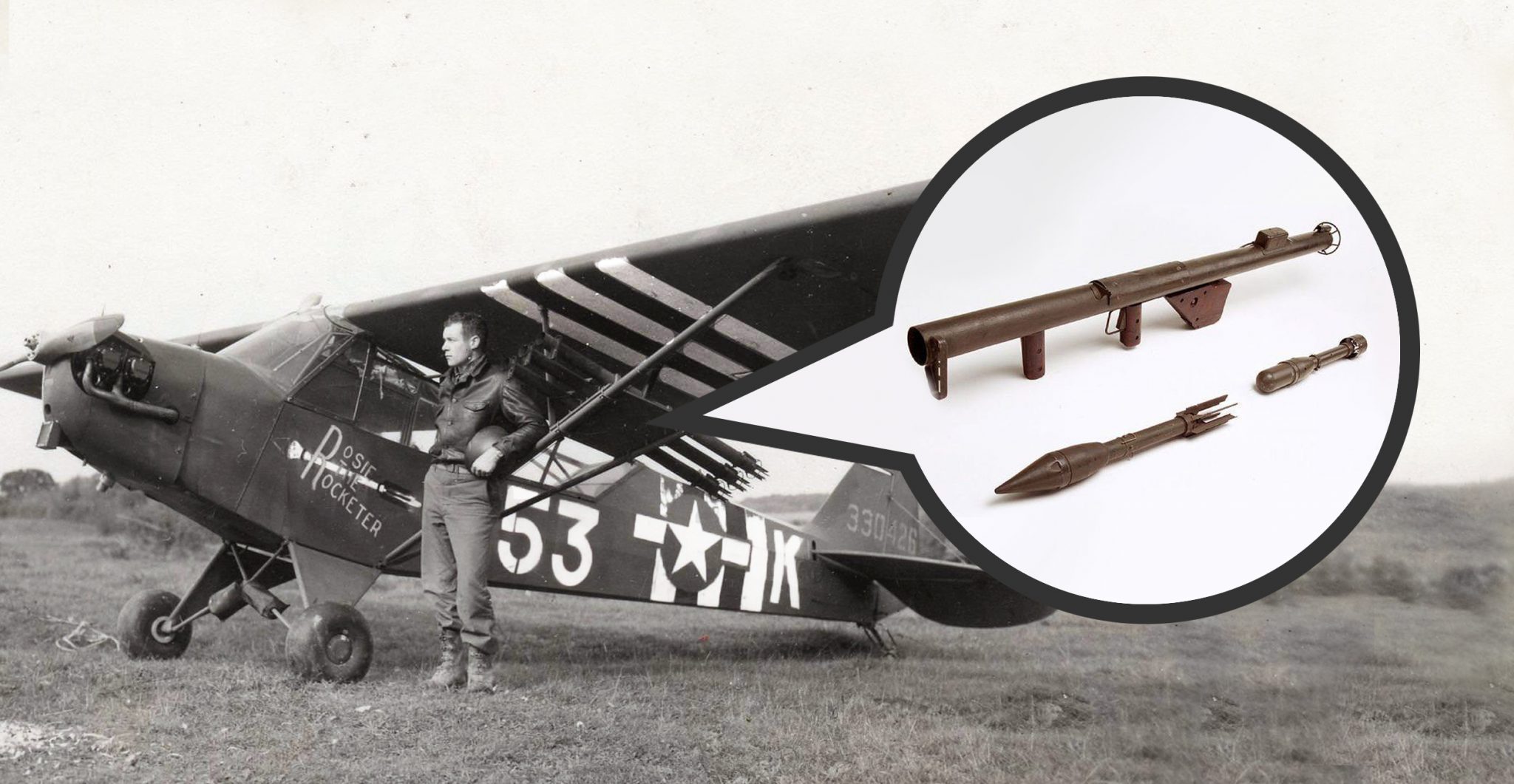War is a significant driver of rapid technological progress and innovation. This principle doesn’t just apply to the superpowers with access to teams of scientists and engineers as well as budgets of billions of dollars. It is also expressed on an individual level.
War can often coax genius out of ordinary men as circumstances and the pressures of combat force them not only to adapt but also to innovate. They get creative with the materials they have at hand.
Charles Carpenter, a seemingly unassuming history teacher from Illinois, is a perfect example of this. Carpenter flew scout planes for the United States during WW2.
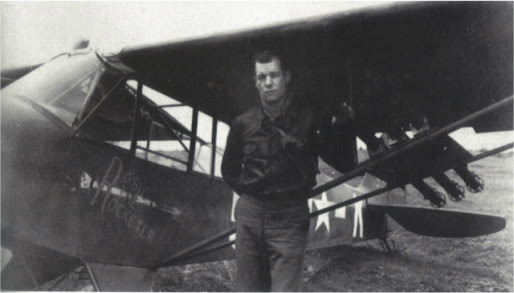
The spark of inventiveness manifested itself in a cobbled-together but extremely effective invention of his own making: a tiny fixed-wing monoplane to which he attached six bazookas. In this unlikely craft he managed to take out enough German tanks to make him an official tank ace.
He volunteered for service in 1942 at the age of thirty. After completing his training, he began to fly scouting missions in a light L-4 Grasshopper plane in 1944.
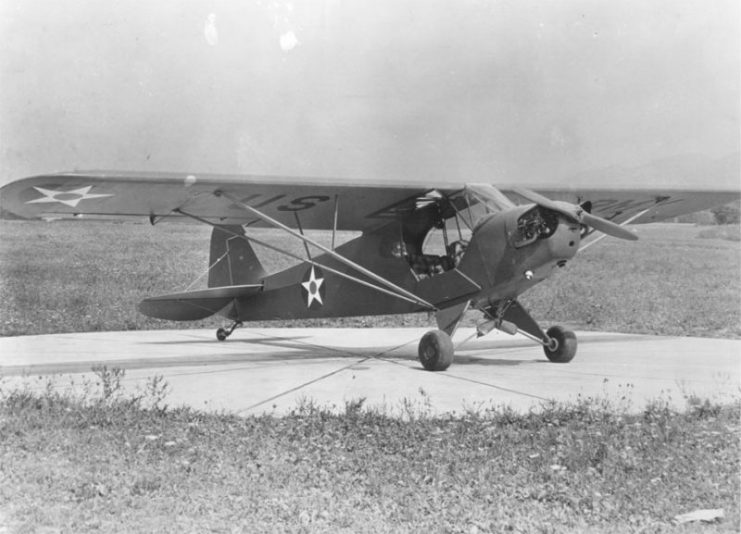
But before he even got started with his tank-busting activities in the air, he managed to half-destroy a tank on the ground – which would have been very impressive except for the fact that it happened to be an American tank.
This incident occurred on one of his first scouting missions. He was tasked with finding an advanced landing field. To this end, he was driving a jeep through Avranches in France. He came across an American tank unit that had been pinned down by German forces.
Without hesitation, he climbed up onto the lead American tank and took control of the .50 machine gun. He started firing on the Germans, yelling at the American troops to advance.
Even though it wasn’t his unit and he wasn’t in charge, the men, inspired by his reckless bravado, obeyed him.
The tank unit assaulted the town successfully and took it – but during the attack, Carpenter ordered the tank he had requisitioned to fire on what he thought was a German tank. The attack was successful, and blew the bulldozer plow off the tank… which turned out to be an American one.
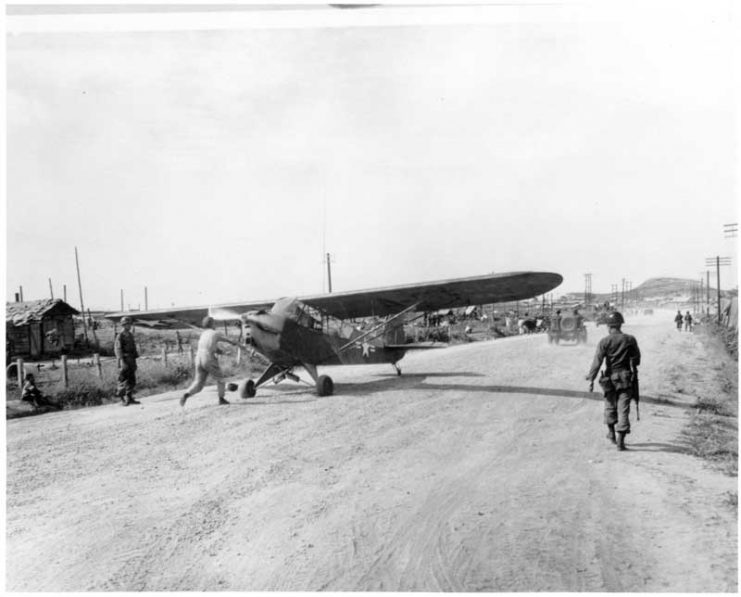
Carpenter was arrested and told he was going to be court-martialled and put in front of a firing squad. Word of his reckless courage, however, reached General Patton. Patton wasn’t angry about the mistake Carpenter had made in wrongly identifying the tank. In fact, he was downright impressed at Carpenter’s leadership and mad courage.
Patton stopped the court-martial and instead awarded Carpenter a Silver Star.
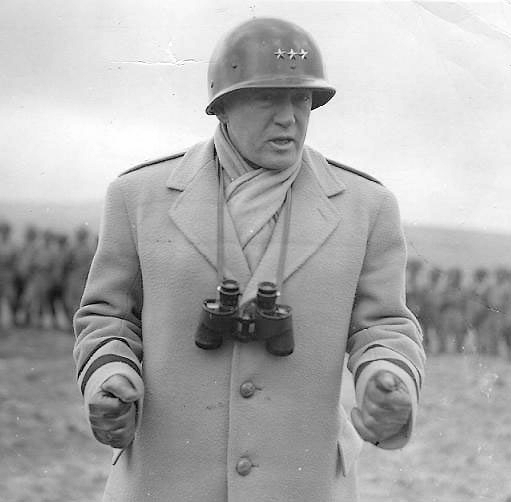
After this, Carpenter returned to the skies. Even though his light scouting plane was both unarmed and unarmored, he was determined to take the fight to the Germans. He’d heard rumors about how other pilots had attached bazookas to their Grasshoppers. He became obsessed with the idea and ended up making it a reality.
He got an ordnance technician to help him attach two M1 bazookas to the struts of his Grasshopper. The bazookas were modified to be controlled by means of switches in the cockpit of the plane.
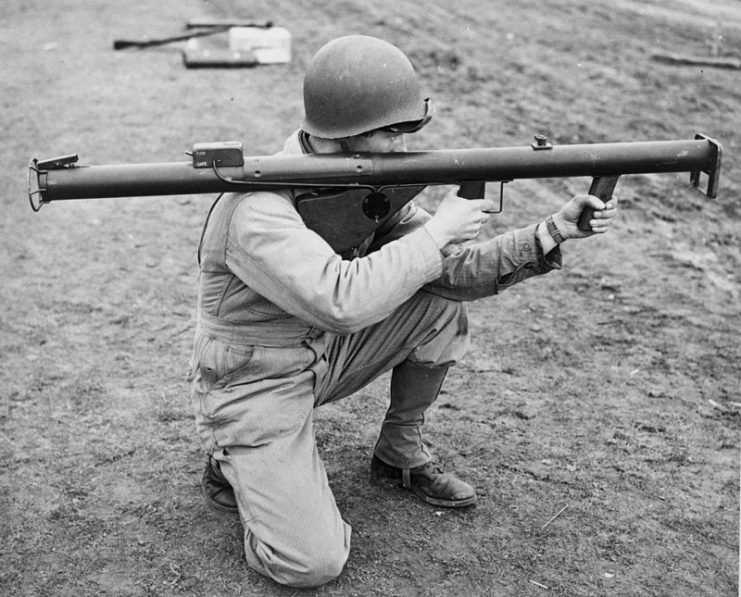
The rockets they fired were effective against armored cars, but the problem was how to get the plane into a position where Carpenter could actually hit the targets. He would need to fly the plane very low to the ground – right into enemy fire, essentially.
While this may have bothered most pilots, it didn’t seem to worry Carpenter. Shortly after the first two bazookas were attached to his plane, he took out a German armored car, scoring his first kill.
This was an astonishing feat all by itself, but Carpenter felt that he could go one better and take out an actual tank.
To this end, he had four more bazookas fitted to his Grasshopper, which he nicknamed “Rosie the Rocketer.” These bazookas were the upgraded M9 versions. They could fire High Explosive Anti-Tank rockets which were exactly what he needed to take on the German tanks.
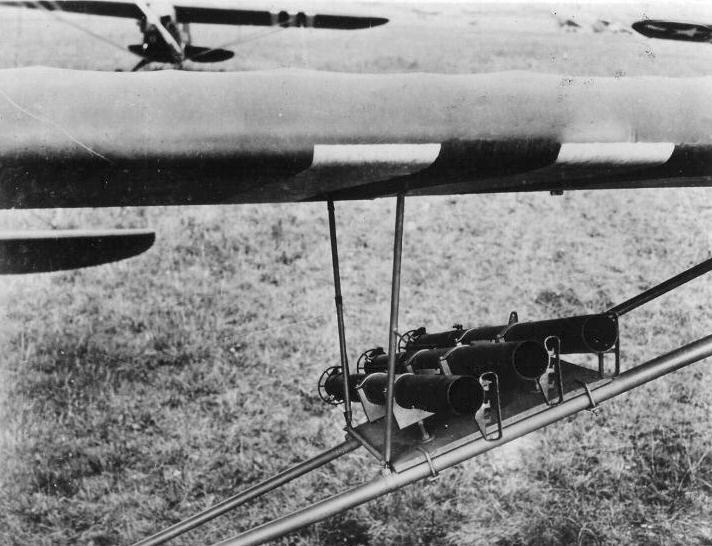
Armed and ready, Carpenter took “Rosie the Rocketer” out over enemy territory and soon scored a couple more kills. He would swoop down really low and fire on his target from around a hundred yards. Then he would pull up sharply to try and avoid the inevitable barrage of small arms fire which, considering how flimsy his scouting plane was, could easily have taken him out.
Carpenter became known as the “Mad Major” by the Germans, who soon came to fear that little scouting plane. Time and again, he succeeded in his seemingly crazy exploits.
During one mission, he managed to destroy a German column with his bazookas – after which he landed near the battlefield, picked up a discarded rifle and took six Germans prisoner.
All in all, he ended up taking out six German tanks, including two Tiger tanks, along with a number of armored cars. This impressive tally made him a tank ace – probably the only one in the whole war who flew a little L-4 Grasshopper.
Read another story from us: The “Bazooka” and It’s Evolution in Photos
Want to become a trivia master? Sign up for our War History Fact of the Day newsletter!
Carpenter was awarded a number of medals for his acts of valor. Due to a sudden onset of severe illness, though, he was honorably discharged from the service in 1946. After he recovered, he returned to Illinois to resume teaching history, which he did until he passed away in 1966.
One has to wonder how many of his students actually knew the truth about their seemingly mild-mannered history teacher, who managed to destroy German tanks in an L4-Grasshopper with bazookas strapped to its wings.
